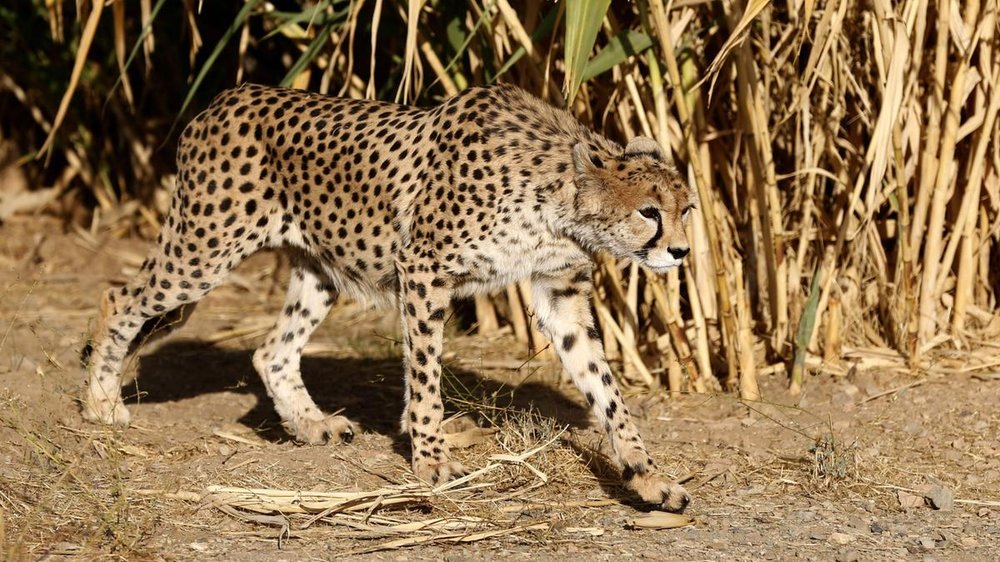Iranian researchers to study artificial insemination on Asiatic cheetahs

TEHRAN — The environment and sustainable development research center and Royan Institute will jointly launch feasibility study for the possibility of artificial insemination as an option for captive breeding of Asiatic cheetahs, Jalil Badam-Firouz, head of the research center, said on Sunday, Mehr reported.
The environment and sustainable development research center is affiliated to the Department of Environment, and Royan Institute is a research institute for reproductive biomedicine and infertility treatments.
Artificial insemination has increased the probability of cheetah impregnation as well as viable offspring. Artificial insemination gives researchers the ability to enhance gene flow between wild cheetahs as well as captive cheetahs, decreasing the negative effects of inbreeding. It also promotes gene flow because this technique allows scientists to breed sexually incompatible cheetahs (zoos).
In April, Iman Me’marian, the chief veterinarian of Pardisan Rehabilitation Center said that the two Asiatic cheetahs being kept in captivity in Pardisan Park, Tehran, will undergo artificial insemination. He explained that a French team of vets will soon travel to Iran to help Iranian experts implement artificial insemination in a hope to rebuild stagnant cheetah populations.
The Asiatic cheetah, also known as Iranian cheetah, is a critically endangered cheetah subspecies surviving today only in Iran numbering at about 50.
Currently the cheetahs are inhabiting in protected areas in the eastern and central arid regions of Iran, where the human population density is very low. Reduced gazelle numbers, persecution, land-use change, habitat degradation and fragmentation, and desertification contributed to the decline of the cheetah population.
According to Scientific American for numerous reasons, breeding cheetahs is difficult. Because most of the species died leaving only a small number left to repopulate in the wild some 10,000 years ago, unfortunately today’s cheetah population suffers from low genetic diversity.
All living cheetahs are between 5 and 10 percent genetically alike; this similarity manifests itself in poor sperm quality, increased disease susceptibility and high infant mortality. To make matters worse females are picky about which mates they choose and have delicate reproductive cycles.
MQ/MG
Leave a Comment